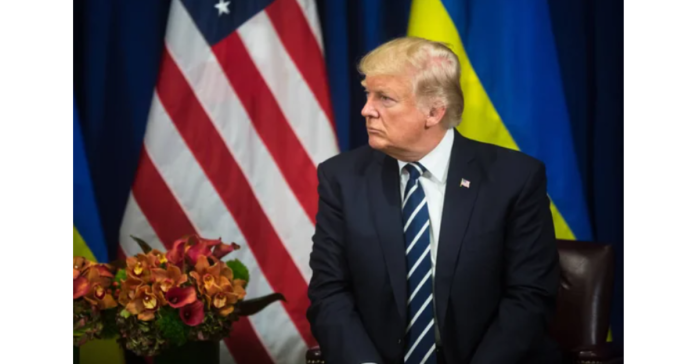
Could a two-hour meeting in South Korea really shift the arc of the world’s most consequential trade relationship? That’s what was on everyone’s mind as President Donald Trump took off from Gimhae Air Base following his first face-to-face with Chinese President Xi Jinping since he returned to office. The announcement that came next-a 10-percentage point cut in tariffs on Chinese imports and the one-year suspension of Beijing’s rare earth export controls-amounted to a pause in the trade war that has roiled markets, disrupted supply chains, and strained diplomatic ties.
From headlines of concessions on agriculture, energy, and critical minerals to tentative first steps toward cooperation on fentanyl, the spectrum of summit outcomes left unresolved tensions over everything from technology to geopolitical flashpoints. To the politically engaged professional, investor, and policy analyst, it truly is the devil in the details. Tucked beneath the warm rhetoric was a series of agreements that promise to reshape everything from farming to defense manufacturing, yet many questions lingered over how they would actually be enforced and hold together.

1. Reduction of Tariff to 47%
In what was seen as a quid pro quo for Beijing’s concession, Trump lowered the average tariff on imports from China from 57% to 47%. That will take some of the sting off for importers, but the rate is still well above pre-trade war levels and remains a tax on U.S. companies and consumers. Logistics executives say stacked tariffs continue to shrink import volumes, with shipments of apparel from China down more than 40% and shipments of furniture off 20–25% year-to-date.
This is a “much better alternative” from the threatened 100% tariffs, said Jon Gold with the National Retail Federation, though he did add that “remaining duties are still harmful” and urged further negotiations. The partial rollback might give some short-term relief, but uncertainty about any future tariff swings is central to supply chain planning concerns.
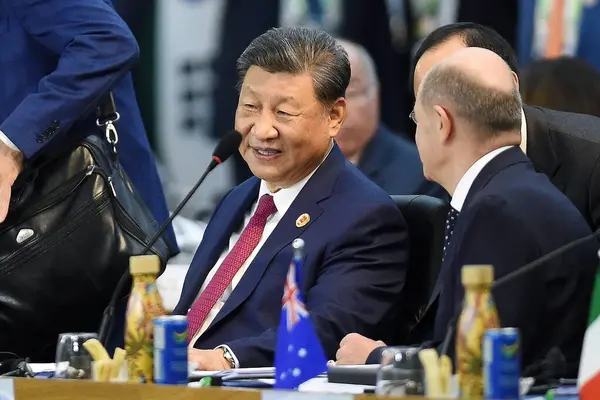
2. Rare Earth Export Controls Suspension
China, which this year announced far-reaching export controls on rare earths, will delay the policy for one year, avoiding a move that would have choked off supplies critical to electronics, EVs, and defense systems. The suspension avoids immediate disruption, but analysts say Beijing’s dominance-about 70% of mining, 90% of processing-remains a powerful lever.
“Xi was ready for Trump in his second term and has a powerful weapon in rare earths,” Piper Sandler’s Andy Laperriere wrote to clients. The reprieve may be “routinely extended,” Trump said, yet the underlying vulnerability of U.S. supply chains persists without domestic heavy rare earth separation capacity.
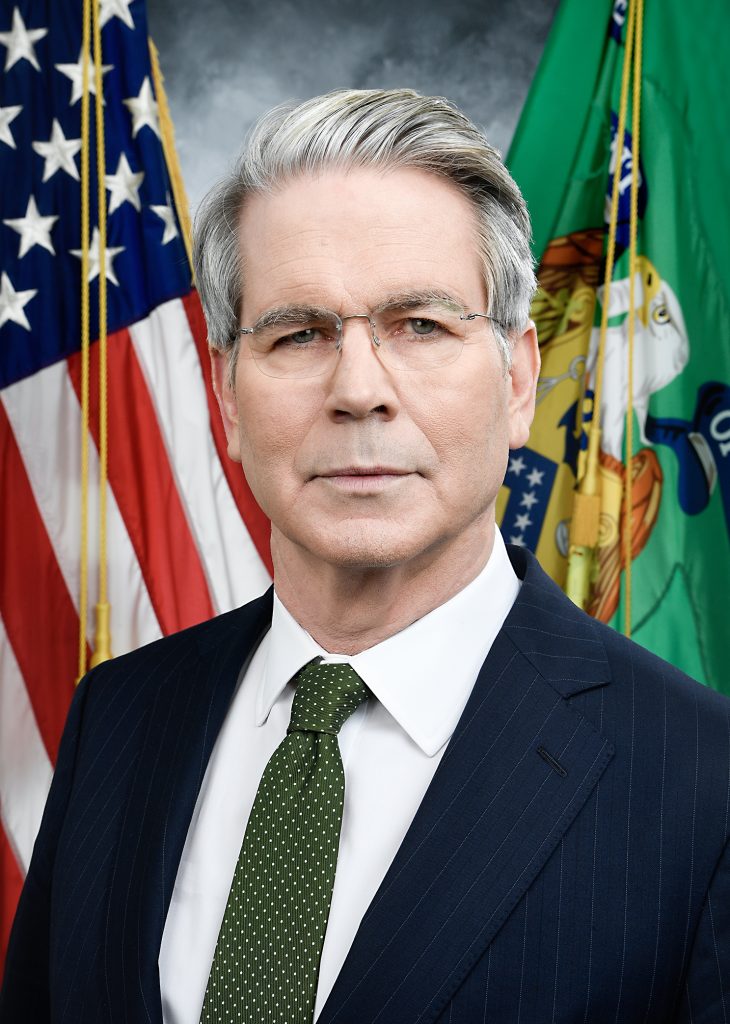
3. Soybean Purchase Commitments
Secretary of the Treasury Scott Bessent said China intends to purchase 12 million metric tons by January, then 25 million metric tons a year for three years-or close to pre-trade war volume. That would be quite a change from times when Chinese tariffs had brought US soybean exports to almost zero earlier in 2025, at a cost to farmers of billions in revenue. Agricultural analysts said that Beijing’s diversification plan, aimed at lifting its imports from Brazil and Argentina, means purchases might only partially restore market share. “Chinese buyers are trying to avoid uncertainty from geopolitics,” said Even Pay at Trivium China, suggesting commitments can be as much about tactical leverage as about long-term reliance.

4. Energy Trade Prospects
He added that China was interested in buying American energy, starting with oil and gas from Alaska and could also consider joining the proposed trans-Alaska natural gas pipeline. No binding contracts have been signed, but Bessent describes Xi’s mention of the pipeline as “unilateral,” implying possible strategic interest. So far, the Chinese Ministry of Commerce has not confirmed what the scope is, and for now, it leaves the initiative in exploratory stages. To U.S. energy producers, such deals would mean diversification of export markets, but again, geopolitical calculus will shape such prospects, especially on infrastructure with strategic implications.
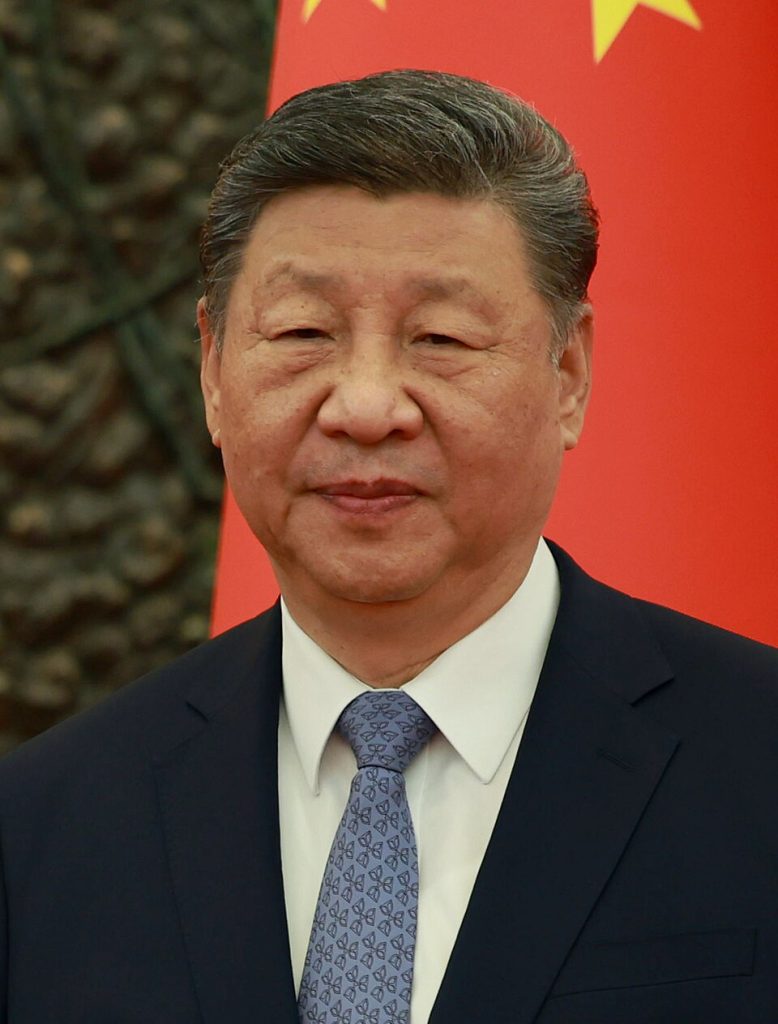
5. Fentanyl Cooperation and Tariff Adjustment
Under the deal, the U.S. cut tariffs associated with fentanyl on Chinese products to 10% from 20%, after Xi vowed to step up the country’s grasp on precursor chemicals. The ramped-up enforcement could save lives, say economists such as Marcus Noland at PIIE, as fentanyl is the top killer for Americans between the ages of 15 and 44. Past cooperation, including a 2019 Chinese embargo on direct fentanyl shipments, has temporarily driven up street prices and cut overdose deaths until traffickers rerouted through Mexico. Exactly how much this will yield in specific public health gains is less clear, in the absence of enforcement mechanisms, highlighting how trade policy intersects with domestic crisis management.
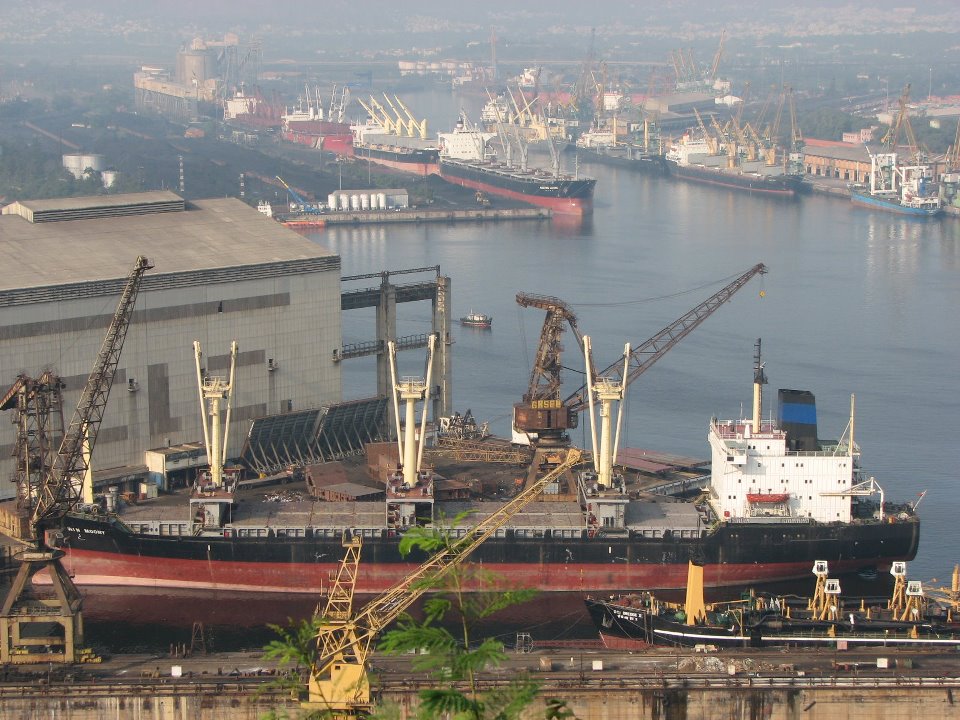
6. Shipbuilding Investigation Delayed
The U.S. would delay for one year its Section 301 investigation into China’s maritime, logistics, and shipbuilding sectors-including the possible imposition of port fees. In return, China agreed to freeze retaliatory port charges. The development marks a de-escalation, eliminating one source of friction for the shippers, although industry leaders are skeptical. “Uncertainty is still at the forefront,” Alan Baer at OL USA said, noting that his clients are planning into 2026. Indeed, container volumes out of China are already 700,000 units lower year-to-date compared with 2024, reflecting the broader trade war impacts beyond the shipbuilding dispute.

7. Rule on Export Restrictions Delayed
Washington will delay implementation of a Commerce Department rule that would have extended export controls to the subsidiaries of blacklisted foreign firms. Coinciding with China’s rare earth suspension, it may indicate mutual concessions. The delay reduces immediate compliance burdens for multinational firms and potential supply-chain disruptions. At the same time, however, the delay underlines how export control regimes have become bargaining chips in broader trade negotiations.

8. Semiconductor Sales Discussions
Trump confirmed that advanced Blackwell AI chips from Nvidia remain off-limits to China but left scope for sales of less powerful models. “That’s really between you and Nvidia, but we’re sort of the arbitrator,” he told Xi. Jamieson Greer, a U.S. trade representative, said that Nvidia would discuss the possibilities directly with Beijing. The outcome might impact the competitiveness of China’s AI, which already faces significant limitations from the U.S. regarding its technology controls.

9. TikTok Issue Not Clarified
China’s Commerce Ministry will work with the U.S. to “resolve issues” over TikTok, while Bessent said the agreement was negotiated in Kuala Lumpur. No details were made public, leaving open questions about ownership, data security, and regulatory oversight. Given the status of TikTok within overall U.S.-China tensions on technology, the lack of specificity could suggest that this matter remains politically sensitive and may be contentious in the future.
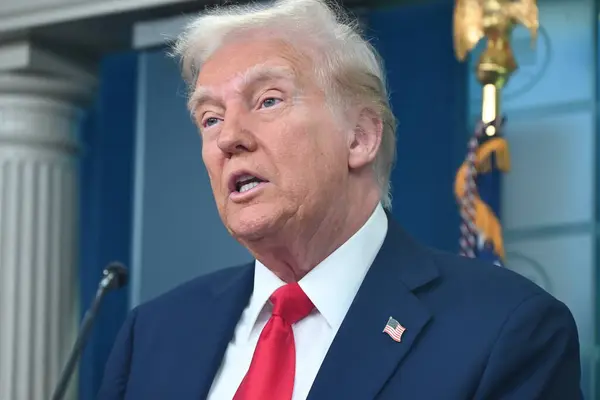
10. Geopolitical Omissions
To this, Trump added that Ukraine was discussed, and an agreement between the leaders on how to end Russia’s war was reached. Notably absent from this agenda were Taiwan and China’s purchase of Russian oil. Steve Bannon said it was “surprising” Taiwan wasn’t discussed, signaling either an ulterior motive of pre-defined frameworks or a deliberate avoidance of the subject. The omission, however, has brought into sharp focus precisely how trade-focused diplomacy can steer clear of flashpoints that may derail economic negotiations. A spate of tactical concessions emerged from the meeting between Trump and Xi; these ease immediate economic pressures and are indicative of the will to cooperate in selected areas.
Yet the agreements are time-bound, enforcement is uncertain, and core strategic frictions-from technology rivalry to geopolitical alignments-remain unresolved. The truce gives trade, defense, agricultural, and energy stakeholders some breathing room but not a blueprint for lasting stability. Whither US-China relations go depends on whether these provisional deals become durable frameworks or dissolve under the weight of unresolved disputes.
